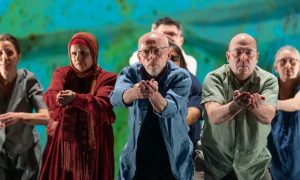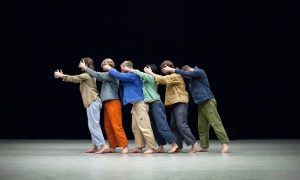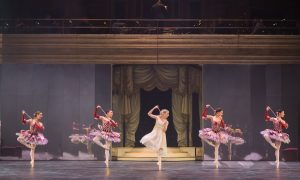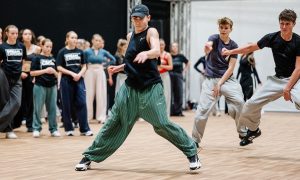Even the most hardened Scrooge will find it difficult to escape The Nutcracker at this time of year. With countless versions performed across the world, it’s a ballet as universal as it is beloved – but none are quite like this one. This year, Acosta Danza has given the seasonal ballet staple a makeover, switching the snowy scenes of Northern Europe for the sunny streets of Havana. But Carlos Acosta, who choreographed and directed Nutcracker in Havana, has done more than give the classical ballet a sparkling new setting. We speak to Alejandro Silva and Laura Rodríguez, Principal Dancers at Acosta Danza, about the production and what it means to bring their heritage to the stage.
Infusing Cuban culture and colour
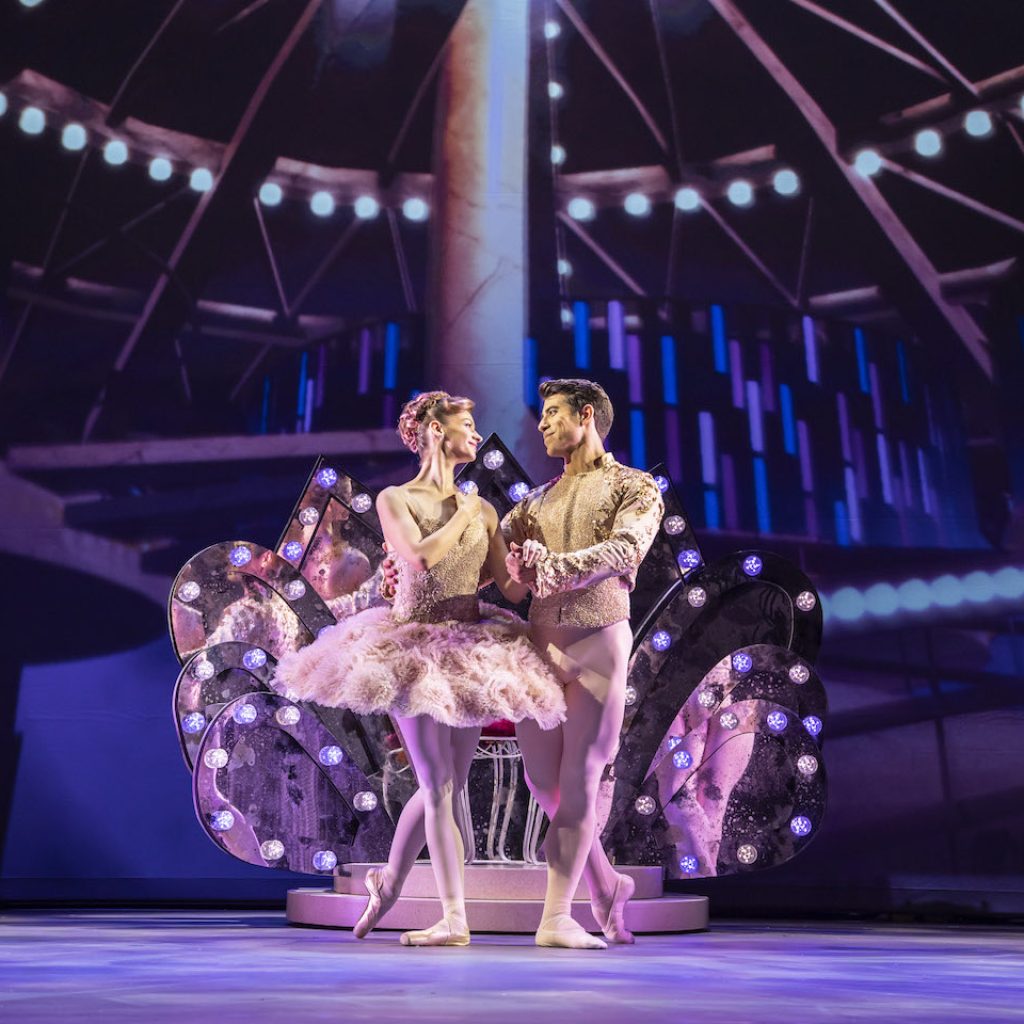
“It is completely different to any other Nutcracker,” explains Silva, who plays the Prince. “We bring our culture, our idiosyncrasies, our musical references to the ballet. It is much closer to our identity – and it’s funny, too.”
In Acosta’s reimagining, the choreography fuses classical, contemporary and Latin styles, all set to Pepe Gavilondo Peón’s arrangement of Tchaikovsky’s beloved score. This new arrangement weaves Latin sounds and rhythms like jazz, bossa nova, conga and charanga, infusing the timeless score with an unmistakably Cuban character.
“The ballet takes authentic details from Cuba with key elements from our culture and folklore,” adds Rodríguez, who alternates the roles of Clara and the Sugar Plum Fairy. For her, these references make magic. Traditional versions of the ballet rely heavily on “international references” and look similar, wherever you are in the world, but this is different. “Right from the beginning, you are in Cuba.”
Instead of a European mansion, Clara’s humble hut is transformed into a glittering ballroom. Rather than toy soldiers, there are mambises – soldiers who fought for Cuban independence. But the production keeps the themes that have made the ballet so beloved – home, family, celebration – close to its heart.
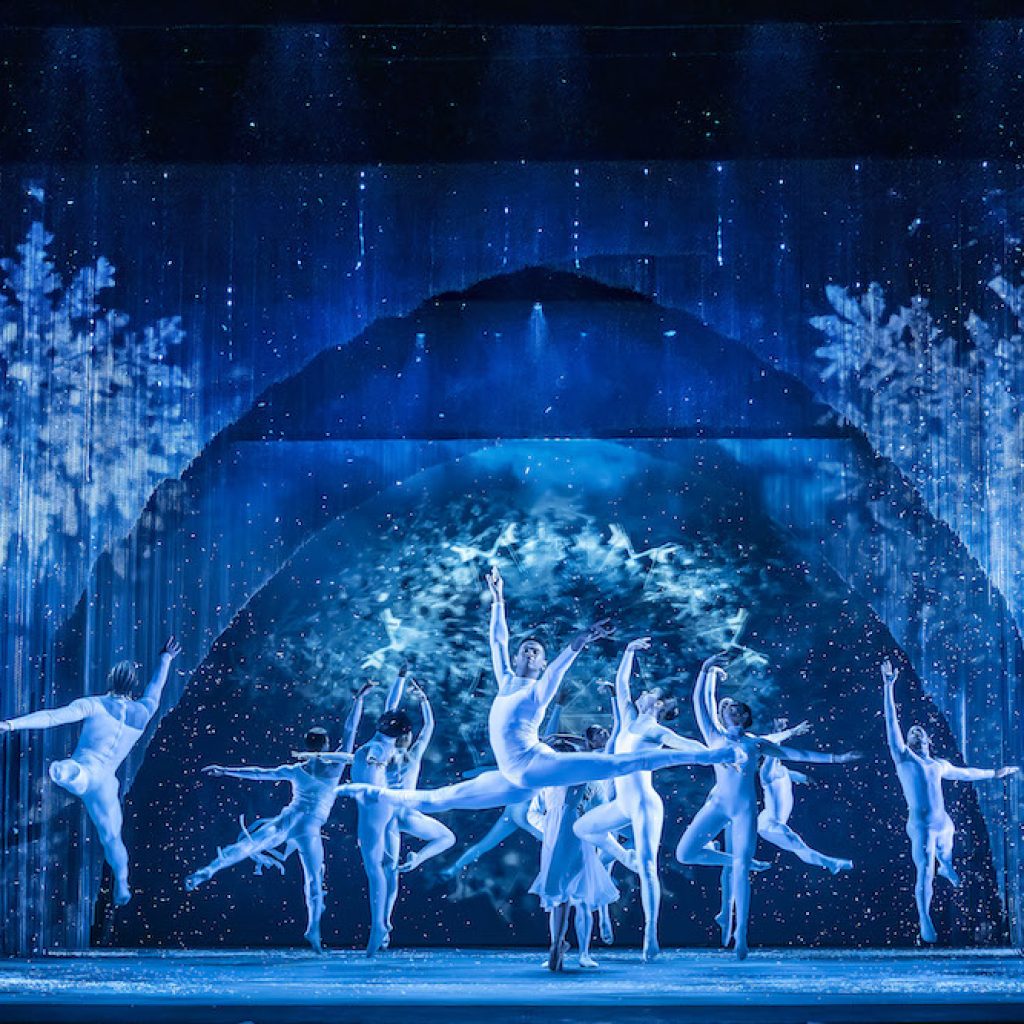
“Above all,” Rodríguez adds, “it captures the joy of Cubans. Even despite all the problems we might have, we still mock and joke. We might not have anything, but with the little we have, we are happy.”
A new tradition
While The Nutcracker is a seasonal staple in many countries, its place in Cuban culture is relatively recent. Christmas celebrations were effectively banned in Cuba for 30 years until 1998. Many Cuban dancers, including Carlos Acosta, grew up without the holiday, let alone its ballet traditions.
Rodríguez first saw the ballet as a child, while Silva’s introduction came when he joined the Cuban National Ballet. Now, both dancers have the chance to bring their own interpretations to these iconic roles.
For Rodríguez, who has performed the Sugar Plum Fairy in international competitions and as a guest artist with the Birmingham Royal Ballet, the production has allowed her to reimagine the character through a Cuban lens. For Silva, it marks a return to classical ballet after an eight-year hiatus. “I’ve really enjoyed coming back to it,” he shares.
The Acosta Danza approach
“This production has so much energy, and that energy really characterises our company, too,” says Rodríguez.
Cuba’s culture and history have been important influences on Acosta’s career, and Danza Acosta has toured the world with its electric combination of classical and contemporary, blended with Cuban elements of dance. This fusion has been central to the company’s identity.
“Carlos really created the first company in Cuba to fuse two styles: classic and contemporary,” Rodríguez explains. “This was already happening in Europe, but it was pioneering in Cuba. Until now, we have had more of a contemporary repertoire, but Nutcracker in Havana has really given us the opportunity to show the world what our company can do.”
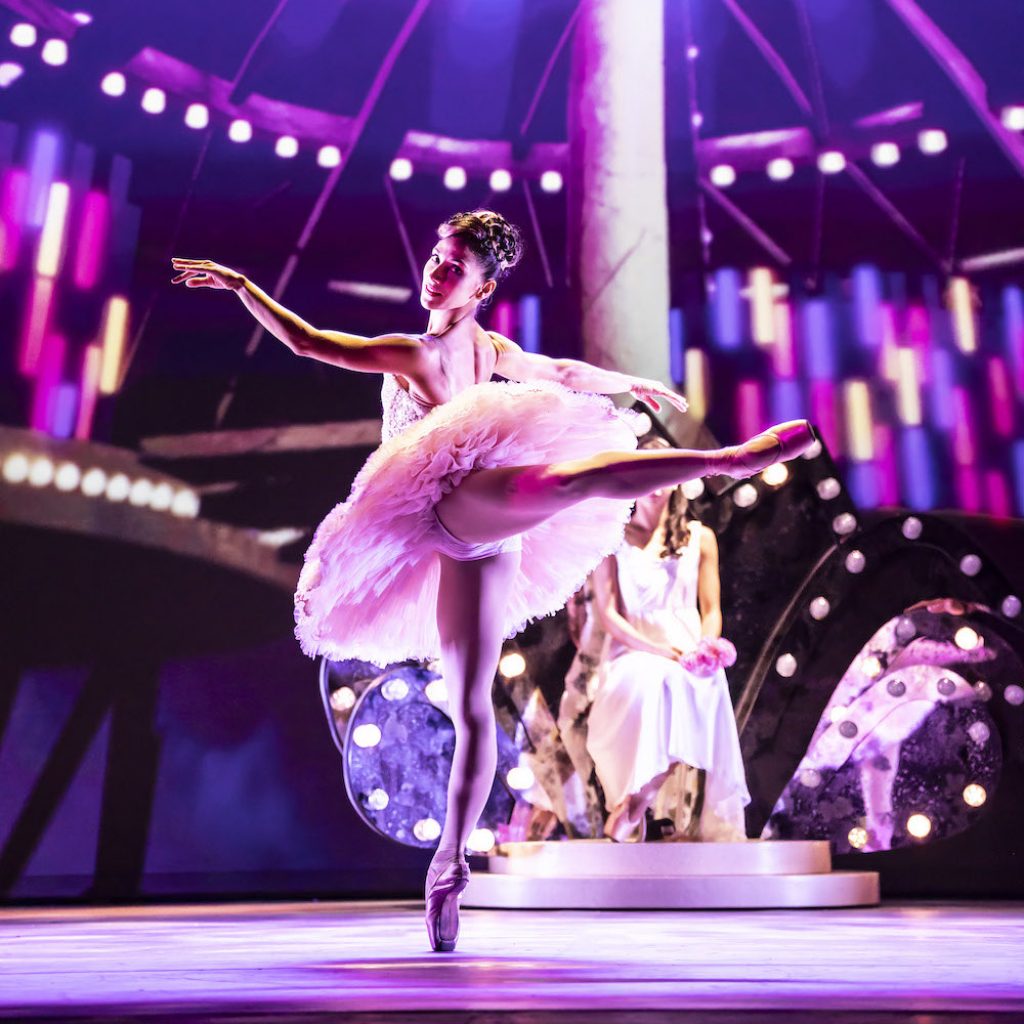
Silva agrees. “It has always been Carlos’ intention that we can perform anything, any style of dance. Nutcracker in Havana re-affirms everything we can do as a company – a seal of our identity.”
Ballet for all
Acosta is determined to open ballet and dance up to wider audiences, and this tour fulfils that mission. The production made its world premiere at Norwich Theatre Royal on 1 November, before embarking on a UK-wide tour.
With its fusion of Cuban and classical elements, this reinterpretation offers a unique energy that resonates differently in new ways with each audience. “In traditional versions of The Nutcracker, the guidelines are quite strict,” says Rodríguez, “but in Nutcracker in Havana, Carlos has given us the freedom to act and reinterpret. It means every performance is really different.”
Nutcracker in Havana will tour to London Southbank Centre (10 – 15 December), Woking New Victoria Theatre (10 – 11 January 2025), Wolverhampton Grand Theatre (13 – 14 January 2025), Milton Keynes Theatre (17 – 18 January 2025) and Salford Lowry (27 – 28 January 2025). For more information, visit https://acostadanza.com/en.
By Allie D’Almo of Dance Informa.


